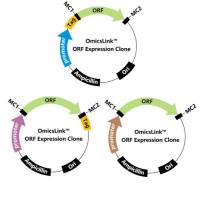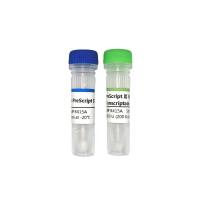Numerous cell populations are capable of producing nitric oxide (NO) from L -arginine. The nitric oxide synthases (NOS) catalyzing the formation of NO have been grouped into two broad categories: the constitutive Ca2+ /calmodulin (CaM)-dependent endothelial NOS (eNOS) and neuronal NOS (nNOS) and an inducible Ca2+ /CaM-independent NOS (iNOS). If NO is produced in insufficient amounts, or if it reacts with other compounds, it often escapes detection. Because the failure to detect NO does not necessarily mean that cells are incapable of producing NO, other methods must be used to approach this question. One simple, adequate, and very powerful method is the analysis of NOS-mRNA expression by reverse transcription polymerase chain reaction (RT-PCR). This method allows the detection of minor amounts of different NOS-mRNA isoforms and points to the possible existence of the corresponding enzymes. Once translated, NOSs are only active in the presence of numerous cofactors. If the cofactors are missing, one will still find NOS-mRNA expression but no NO produced—indicating the potential of the cell to produce NO under appropriate conditions (1 ,2 ). The following protocol enables the detection of the Ca2+ /CaM dependent eNOS and the iNOS in a limited number of cells by the use of RT-PCR using isolated mRNA. If the availability of tissue is not limited, then the protocol can easily be adapted to use total RNA in the RT reaction.






